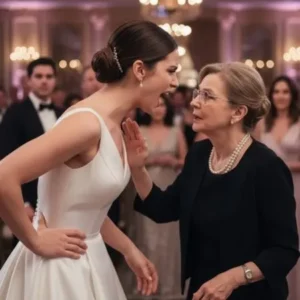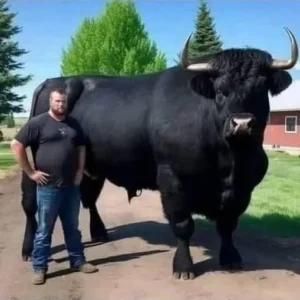The cheerleader baton, also known as a cheerleading baton or pom-pom baton, has a unique history rooted in both cheerleading and rhythmic movement. Here’s a look at its evolution:
Early Beginnings: The Evolution of Cheerleading
Cheerleading began in the late 19th century, primarily as a way to rally sports teams, particularly in American football. The first documented cheerleading performance occurred in 1884 at the University of Minnesota. Cheerleaders would lead the crowd in chants and cheers to support their teams. Early cheerleaders didn’t use props like batons—just their voices and enthusiasm.
Baton Introduction: The 1930s and 1940s
In the early 20th century, as cheerleading evolved into a more synchronized and theatrical form, props started becoming part of the routine. During the 1930s and 1940s, cheerleaders began to incorporate batons into their routines. The baton, originally used in drum corps and marching bands for twirling performances, found its way into cheerleading as a way to add flair and rhythm to performances.
Cheerleader Baton in the 1950s and 1960s
In the post-World War II era, cheerleading became more polished, and the baton twirling movement gained momentum. The baton became a popular prop for cheerleaders to use during halftime shows and pep rallies. As baton twirling evolved as a competitive sport (separate from cheerleading), the equipment became lighter and more versatile, with cheerleaders mastering intricate twirling tricks and synchronizations during routines.
Modern Usage: The Baton Today
By the 1980s and 1990s, batons became a regular part of cheerleading competitions. While batons are still used in certain cheerleading events and routines, their role has become less prominent with the rise of pom-poms, acrobatic stunts, and tumbling. However, baton twirling still remains a part of cheerleading and is even an artistic and competitive sport on its own, often seen at parades, competitions, and other events.
While batons aren’t as widely used in everyday cheerleading routines today, they hold a nostalgic and historical significance in the evolution of the sport. The baton remains a symbol of cheerleading’s development from simple crowd participation to a highly synchronized and dynamic performance art.





